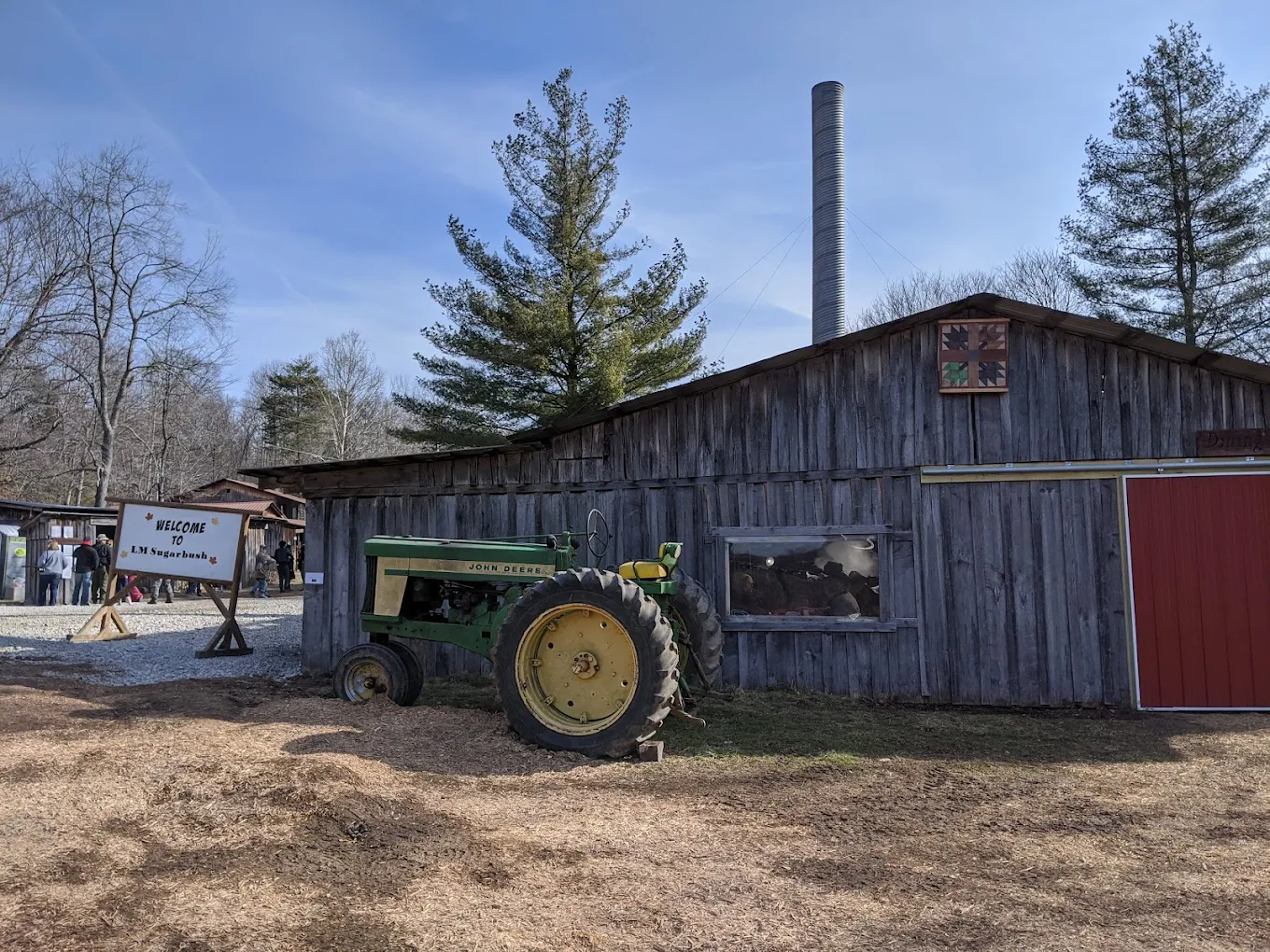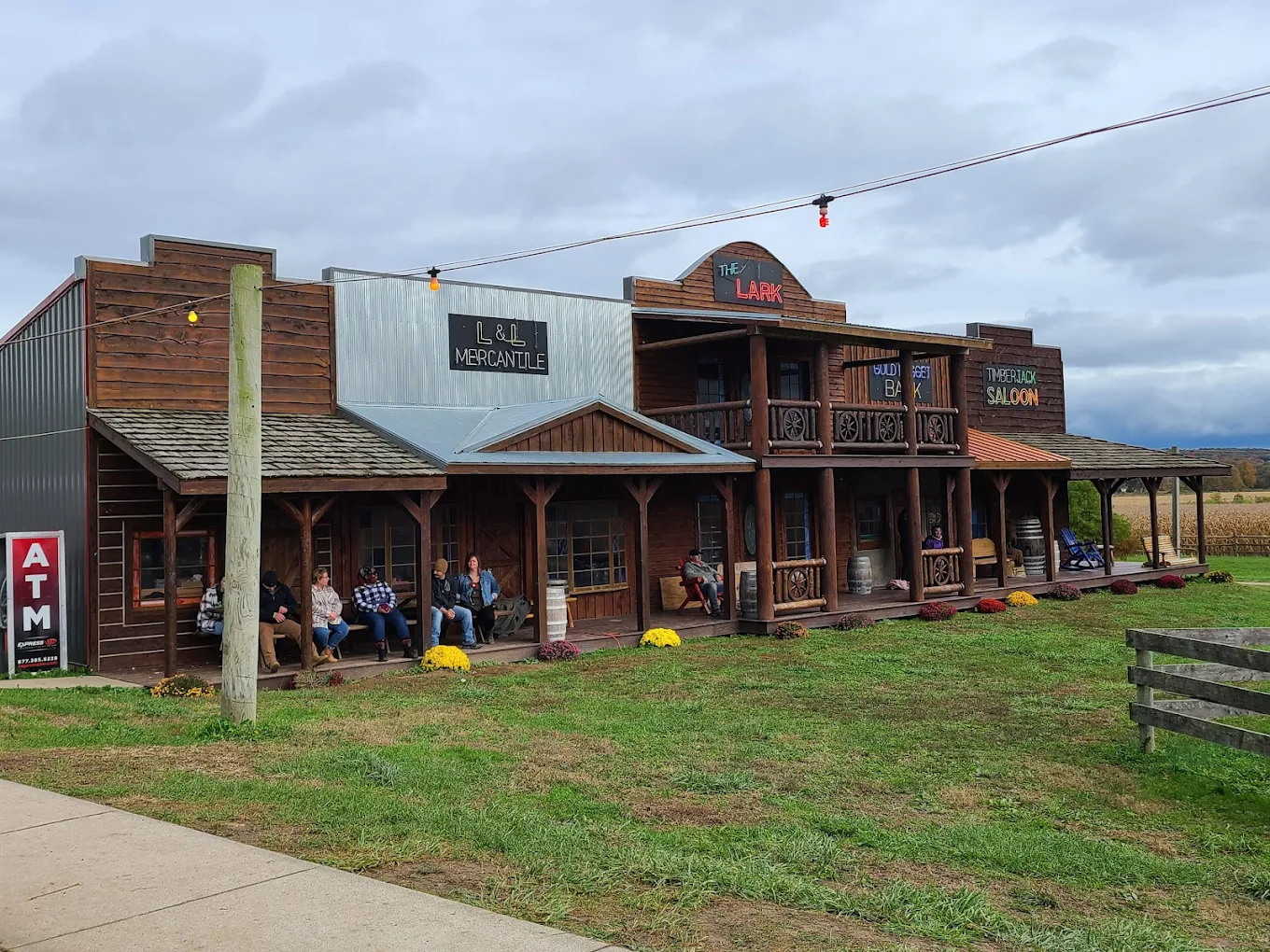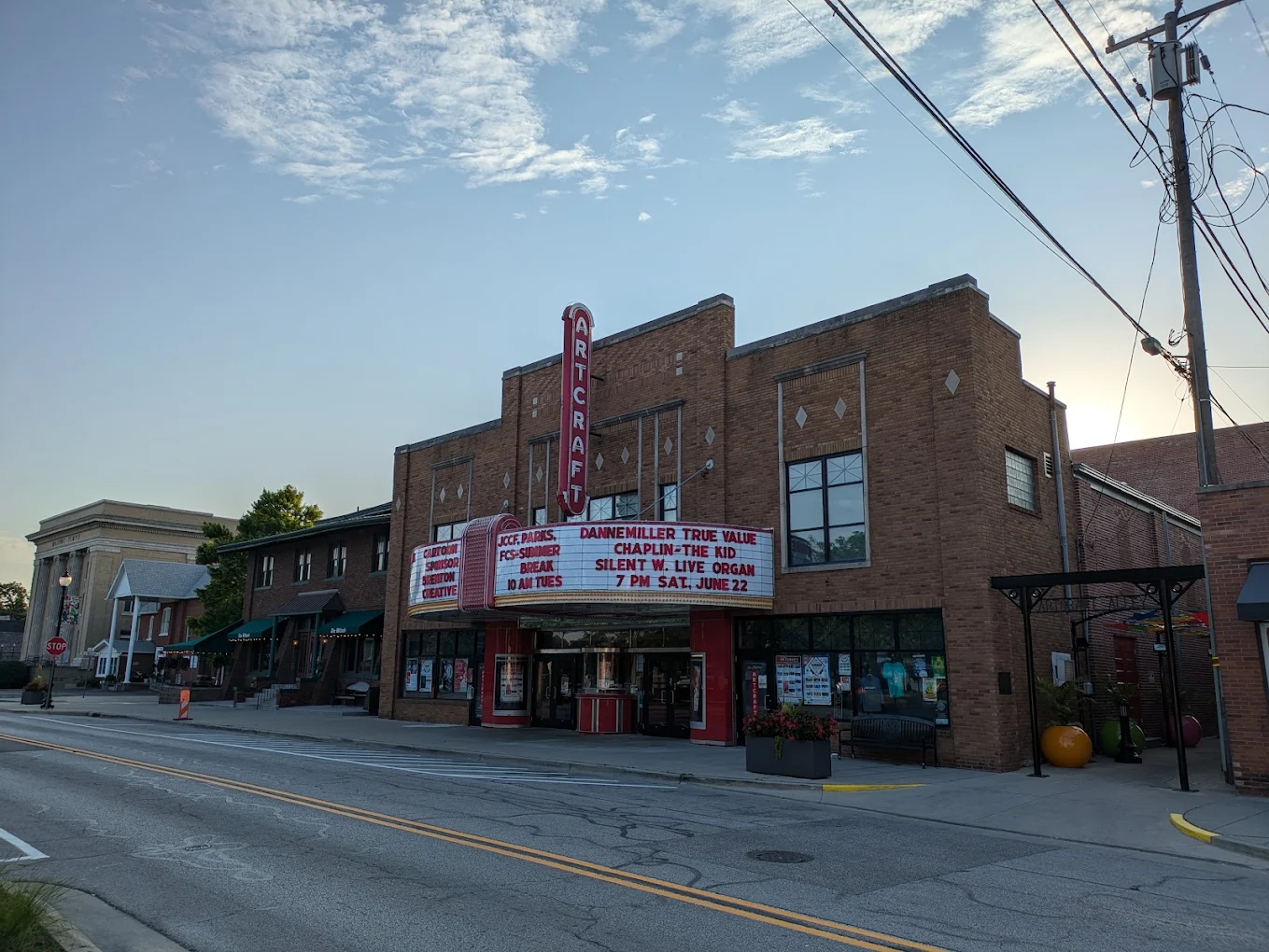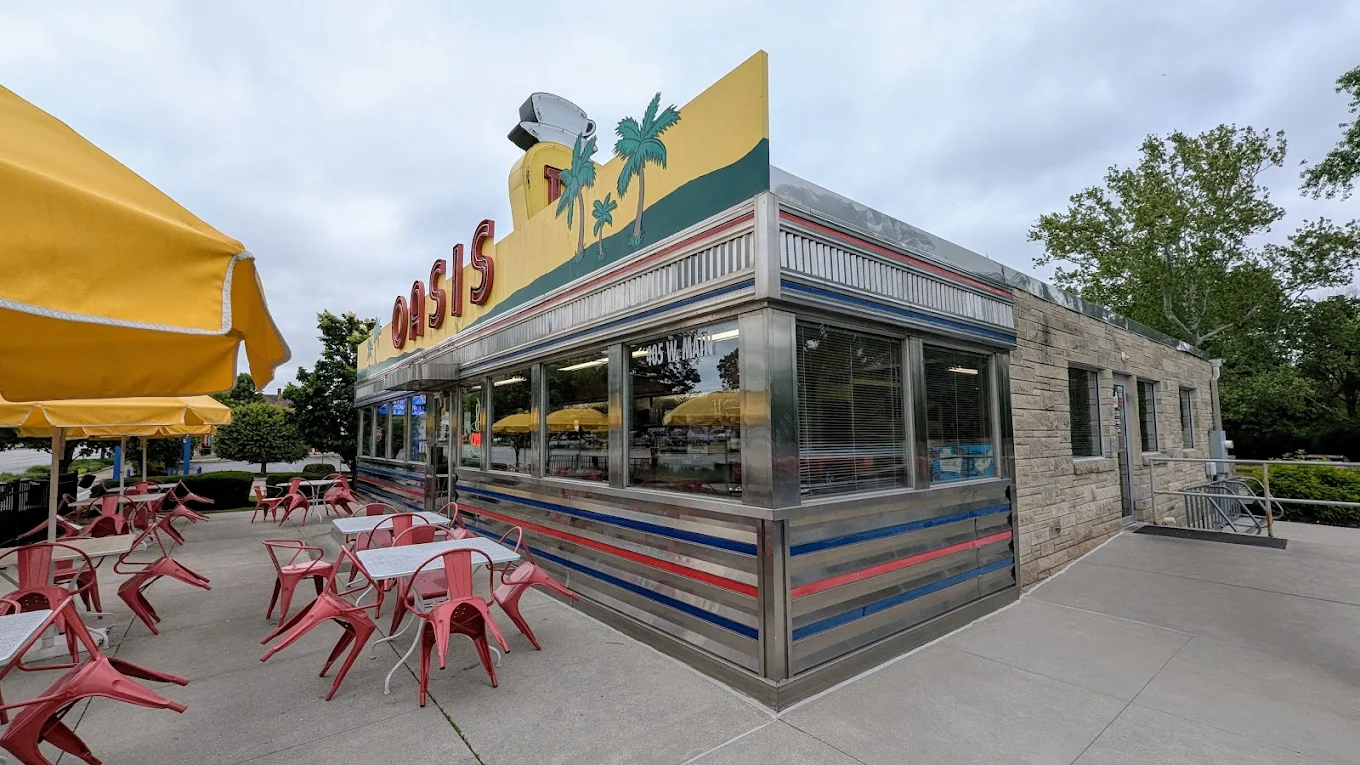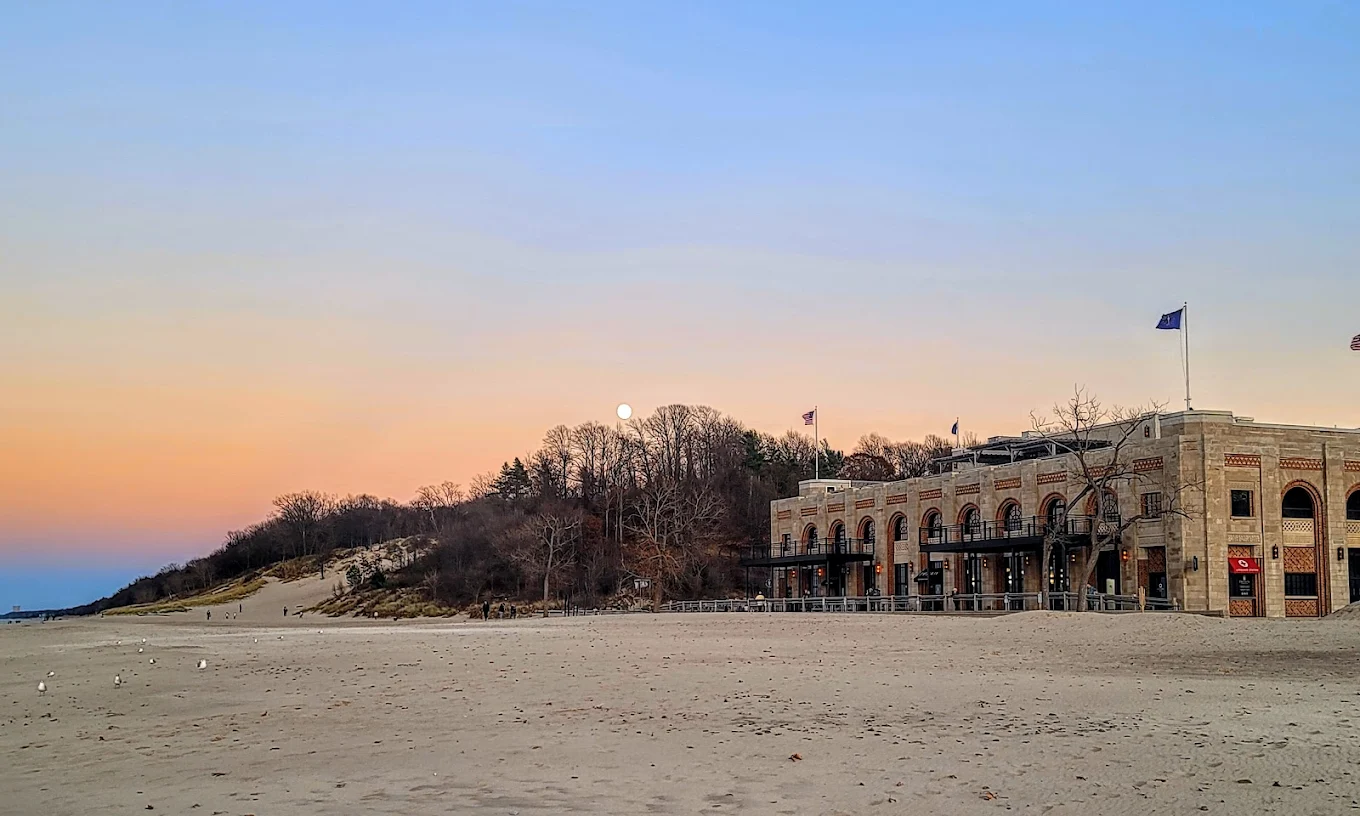Step Into Sweet Tradition in Southern Indiana
Each spring, as winter releases its grip on the rolling hills of Washington County, Indiana, something special begins to happen at LM Sugarbush. Located just outside the town of Salem, this family-run maple syrup operation transforms into a living showcase of time-honored sugaring traditions. It’s one of the only places in Indiana where visitors can witness the full maple syrup process from tree tap to bottle — and better yet, taste the results.
The LM Sugarbush Maple Syrup Festival, typically held over two weekends in late February or early March, draws curious families, food lovers, and local school groups. But even outside of festival days, LM Sugarbush continues to operate as a working sugarbush, complete with a maple camp, tapped trees, and the unmistakable aroma of sap boiling in large evaporators.
A Brief History of LM Sugarbush
The name LM Sugarbush comes from the initials of the family that has owned the property since 1981. What began as a hobby project with a handful of taps has grown into one of the region’s most established maple syrup farms. Today, LM Sugarbush has thousands of sugar maple trees spread across the 140-acre property and produces hundreds of gallons of syrup each year.
Despite the growth, the operation still maintains a grassroots, family-first philosophy. Generations of the same family work the trees, boil the sap, and lead tours for guests. The goal is not just to make syrup, but to educate the public about the delicate process of turning raw sap into one of nature’s sweetest and most sought-after treats.
Visiting During the Maple Syrup Festival
LM Sugarbush’s annual Maple Syrup Festival is the best time to experience the full magic of the operation. Visitors can take self-guided or family-friendly guided tours of the sugarbush, watch live syrup-making demonstrations, and ask questions at every stage of the process. One of the most popular stops is the sugar camp, where large metal evaporators boil gallons of sap down to thick, golden syrup.
Children can see how taps are inserted into the trees and how sap travels through tubes or buckets back to the collection tanks. There are hayrides through the forest, craft booths, educational displays, and a petting zoo. Food vendors serve up all things maple — from pancakes drenched in fresh syrup to maple-flavored cotton candy and kettle corn. It’s a festive atmosphere with deep agricultural roots.
Guests are welcome to walk the trails and observe the tapped trees up close. On a good day, you can even see sap dripping straight from the tree into a bucket or line system. All tours emphasize the seasonality and fragility of syrup production — just a few weeks of the right weather can determine the entire year’s harvest.
What Makes Indiana Syrup Unique
While Vermont and Canada often get most of the attention in maple syrup conversations, Indiana’s syrup is a bit of a hidden gem. The combination of temperature swings in late winter, local tree genetics, and careful collection practices at farms like LM Sugarbush contributes to a flavor that’s smooth, rich, and well-balanced.
The team at LM Sugarbush doesn’t mass-produce or blend their syrup. Each batch is monitored, graded, and bottled with care. This farm-to-bottle transparency is what sets it apart — visitors can see exactly where their syrup comes from, how it’s made, and the work that goes into each pint.
Beyond Syrup: A Full Agritourism Experience
While maple syrup is the main attraction, LM Sugarbush offers more than just one sweet product. Throughout the year, the farm sells maple candies, maple cream, and maple-coated nuts. During the festival, the small store on-site becomes a hub for both sweet and savory goods — including jams, local honey, handmade crafts, and other Indiana-grown items.
Many visitors are surprised to find how educational the experience is. Staff members and volunteers are happy to explain how different grades of syrup are produced and how flavor can vary depending on the day and even the time of day that sap is collected. There are exhibits that break down the chemistry of sap transformation and historical tools used in the syrup industry — some of which date back over a century.
In the spirit of agritourism, LM Sugarbush fosters a true connection between the farm and the community. Visitors leave not only with a jug of syrup but also with a deeper appreciation for the skill, labor, and unpredictability that defines maple syrup production.
Maple Syrup 101: The Basics You’ll Learn
One of the highlights of touring LM Sugarbush is the opportunity to learn the basics of maple syrup making in a hands-on environment. Here’s what most visitors walk away understanding:
- Tree Selection: Not every tree is suitable for syrup. Sugar maples are ideal due to their high sugar content.
- Tap Timing: Sap flows best when temperatures rise above freezing during the day and drop below freezing at night.
- Collection Methods: LM Sugarbush uses a mix of traditional buckets and modern tubing systems.
- Boiling Process: It takes about 40 gallons of sap to make one gallon of syrup. The boiling process is long, intense, and very precise.
- Grading: Syrup is graded by color and flavor — from golden delicate to dark robust — each with its own culinary uses.
These lessons are taught informally throughout the tour, making it approachable for kids and interesting for adults. It’s a full sensory experience: you hear the sap drip, feel the warmth of the boiling house, and, of course, taste the finished product.
Planning Your Visit
Visiting LM Sugarbush is easy, but planning ahead is important — especially during the festival weekends. The farm is located just outside Salem, about an hour north of Louisville, Kentucky, and two hours south of Indianapolis. Parking is available on-site, though it can fill up quickly during peak times. Admission to the festival is typically free or donation-based, making it an accessible experience for families and groups of all sizes.
The festival is usually held rain or shine. Given Indiana’s late-winter weather, it’s best to dress in layers and wear waterproof boots or shoes. Trails can become muddy, and some sections may be uneven or slippery due to melting snow or soft ground. That said, the trails are manageable for most visitors, and volunteers are often on hand to assist where needed.
Dogs are not recommended during festival days, due to crowds, food vendors, and the presence of livestock for the petting zoo. Visitors are encouraged to bring reusable bags or coolers if they plan to take home syrup or other goods. Restroom facilities are available on-site and include portable toilets and handwashing stations.
A Springtime Tradition Worth Keeping
LM Sugarbush isn’t just a maple syrup producer — it’s a reminder of how tradition, education, and nature intersect. As the trees wake up from their winter slumber, so too does the energy on the farm. The brief sugaring season becomes a celebration of rural life, family heritage, and community spirit.
For those seeking something different to do in early spring — something real, hands-on, and refreshingly unplugged — LM Sugarbush delivers. It’s a place where science meets sweetness and where the rewards of patience and effort are both seen and tasted.
